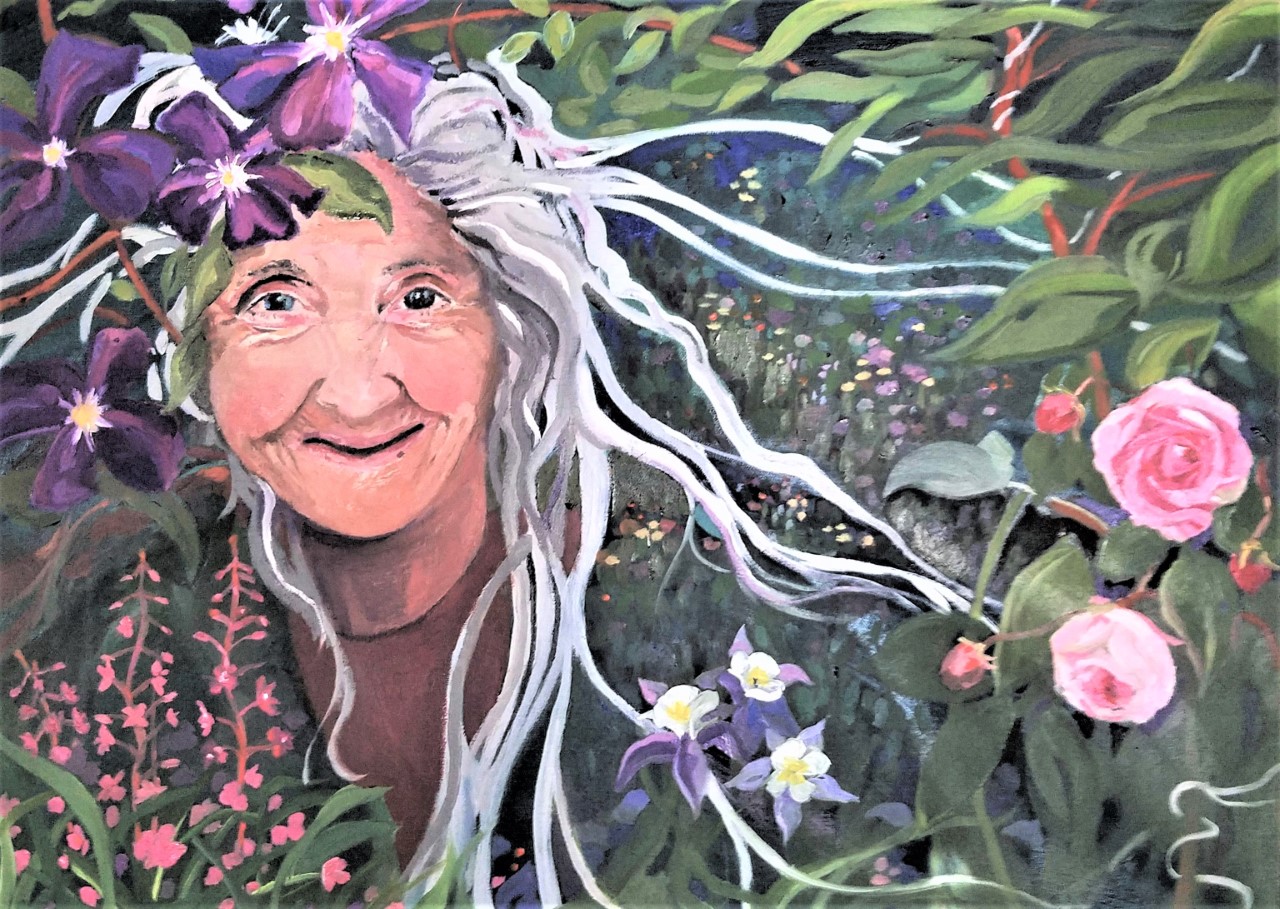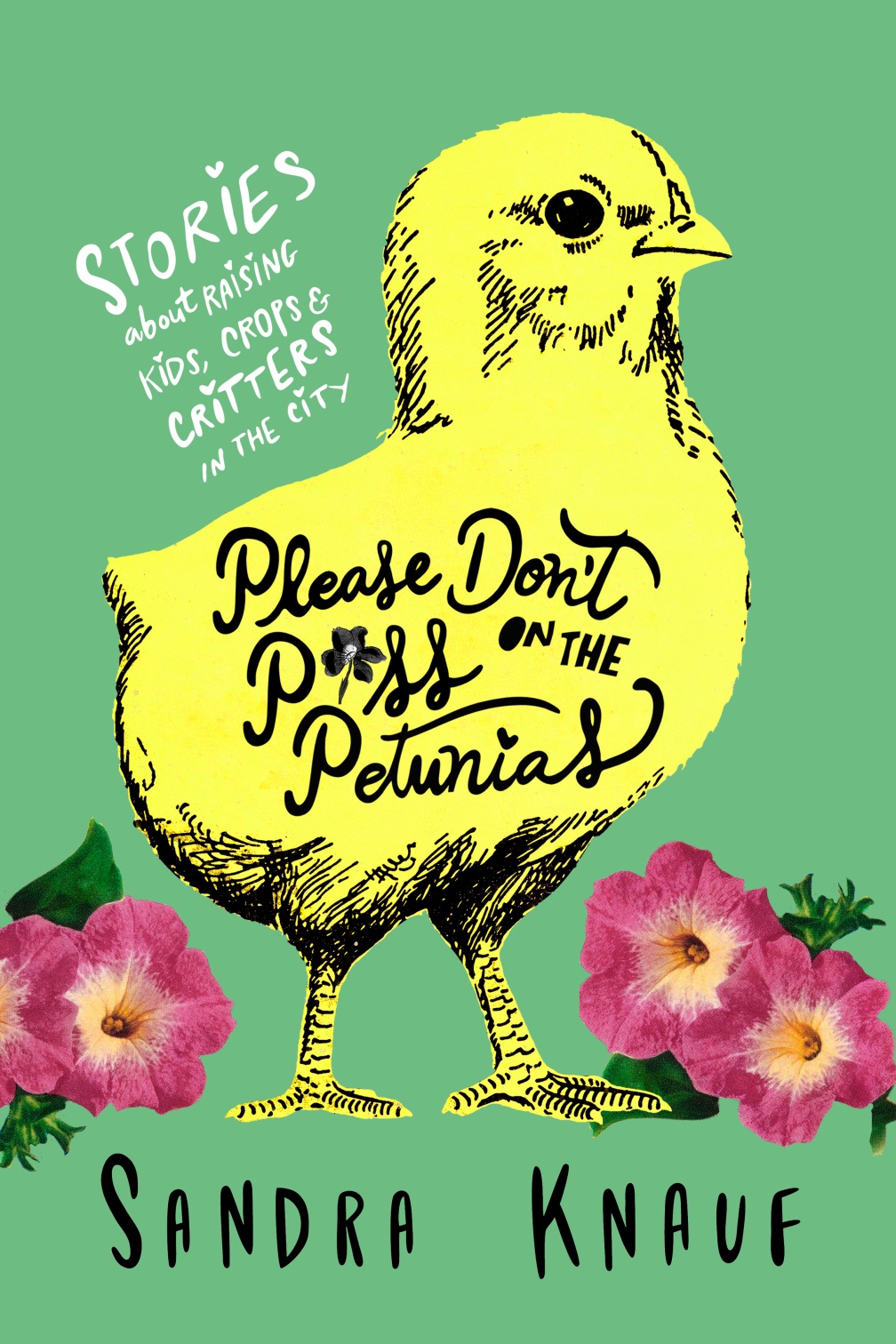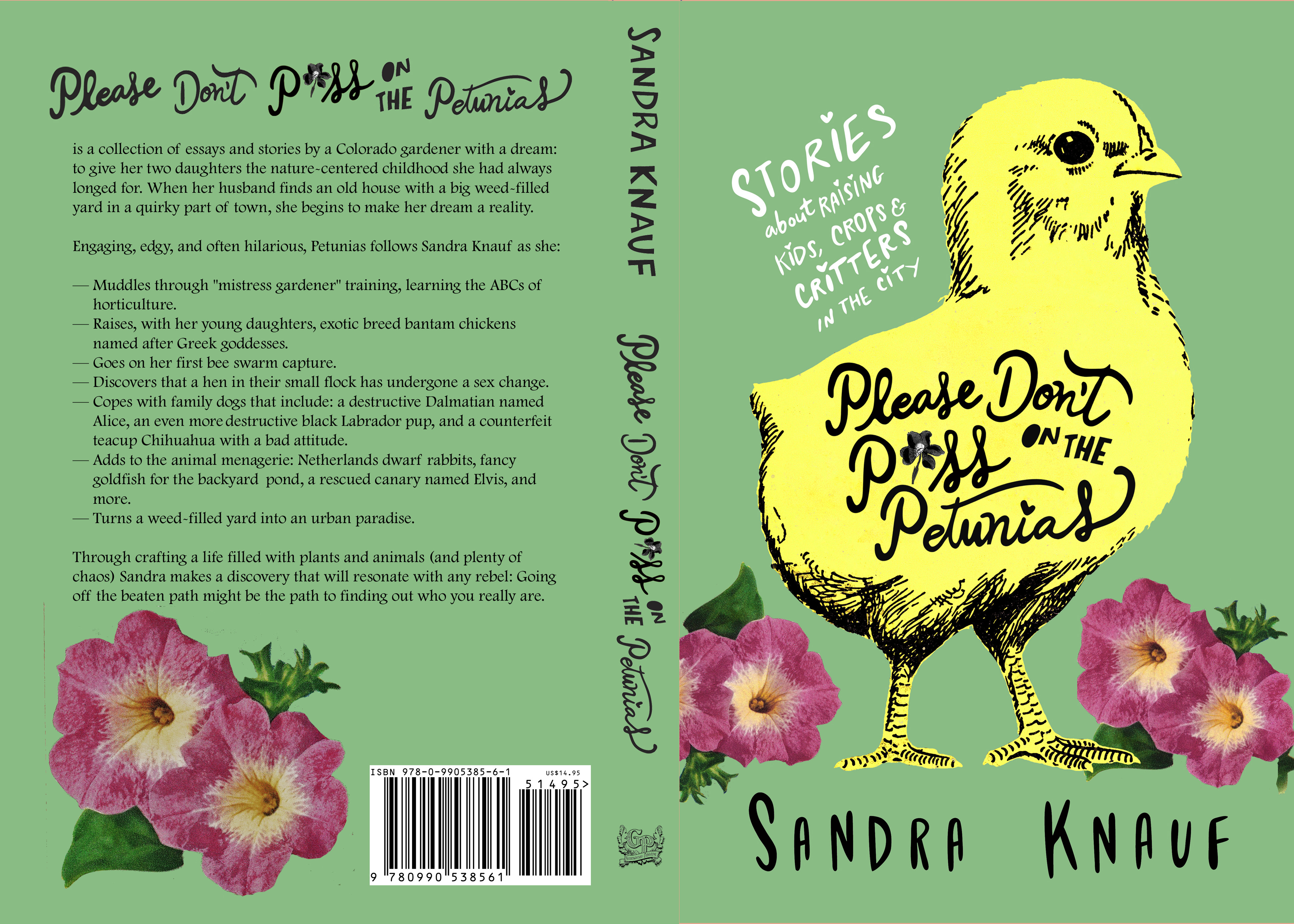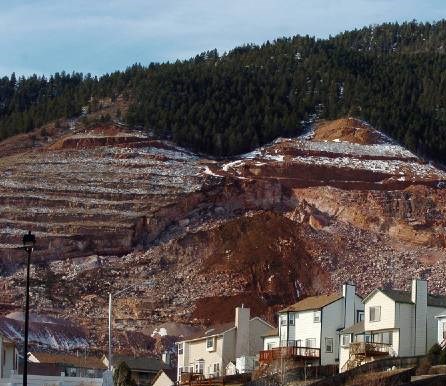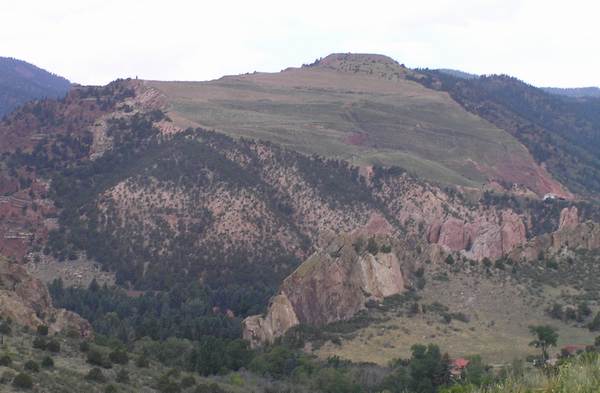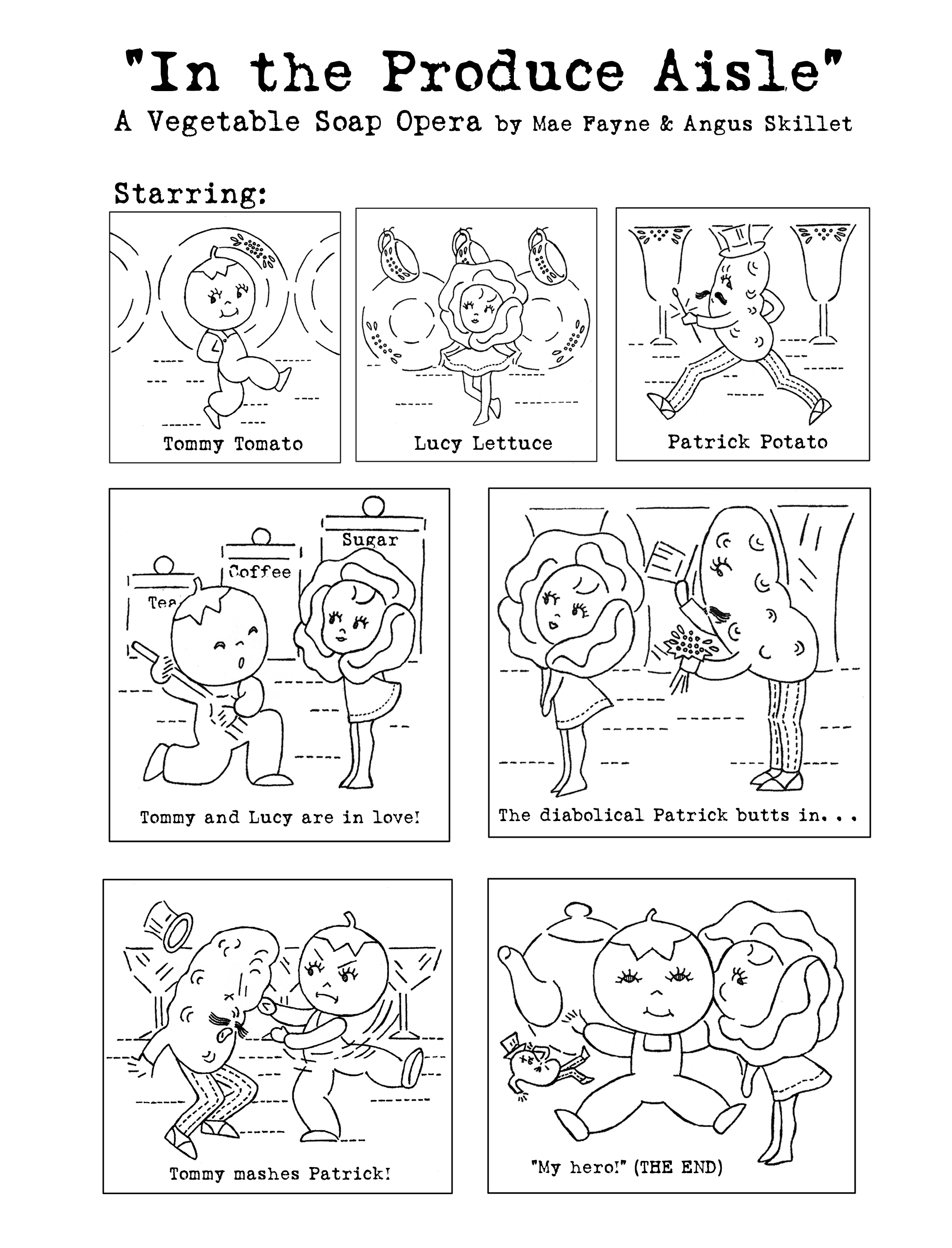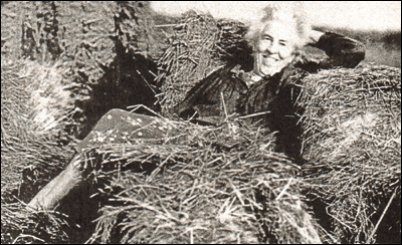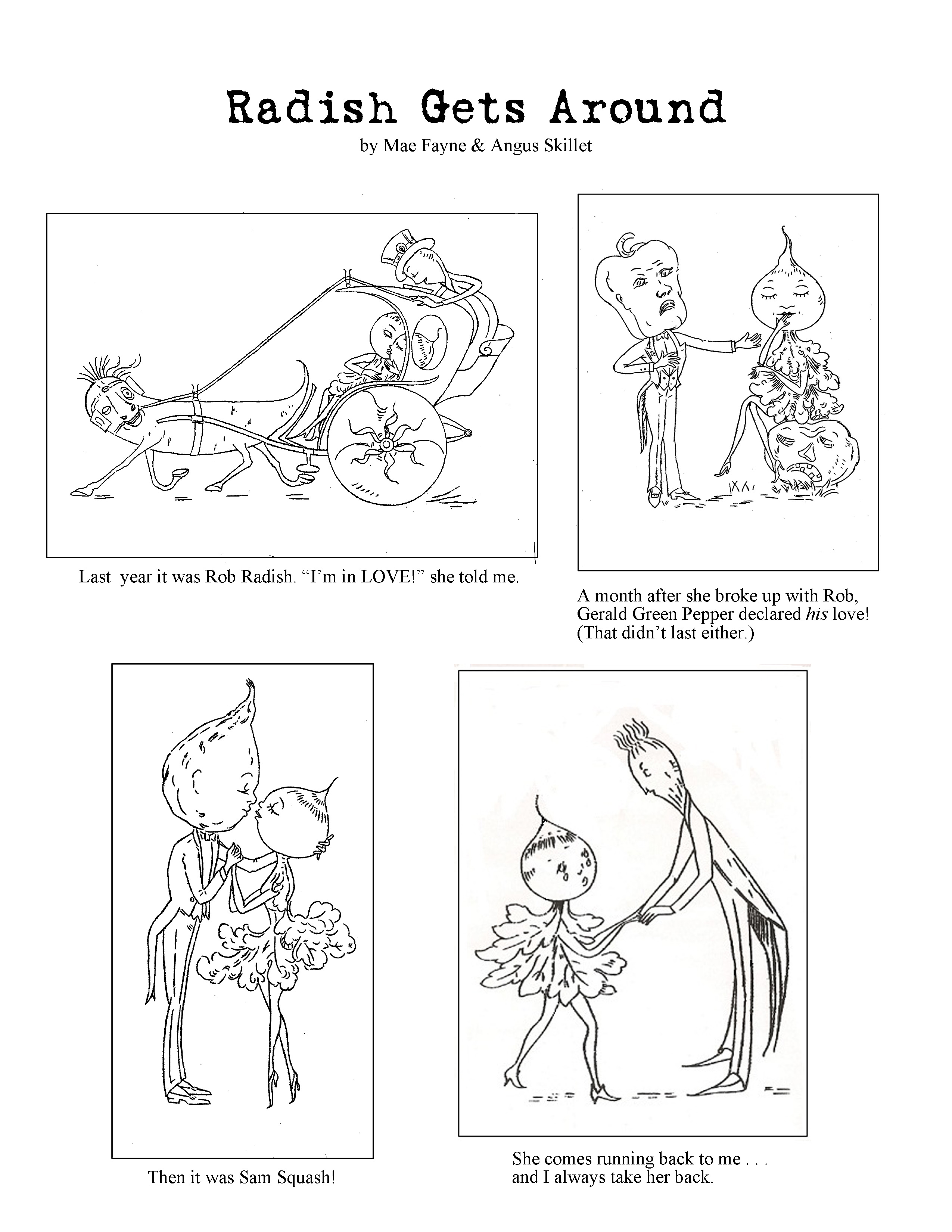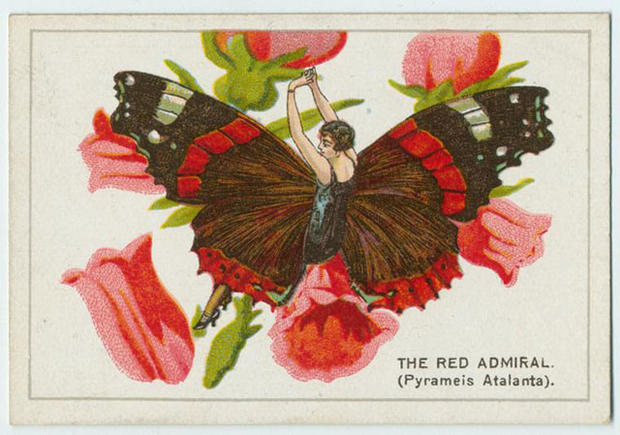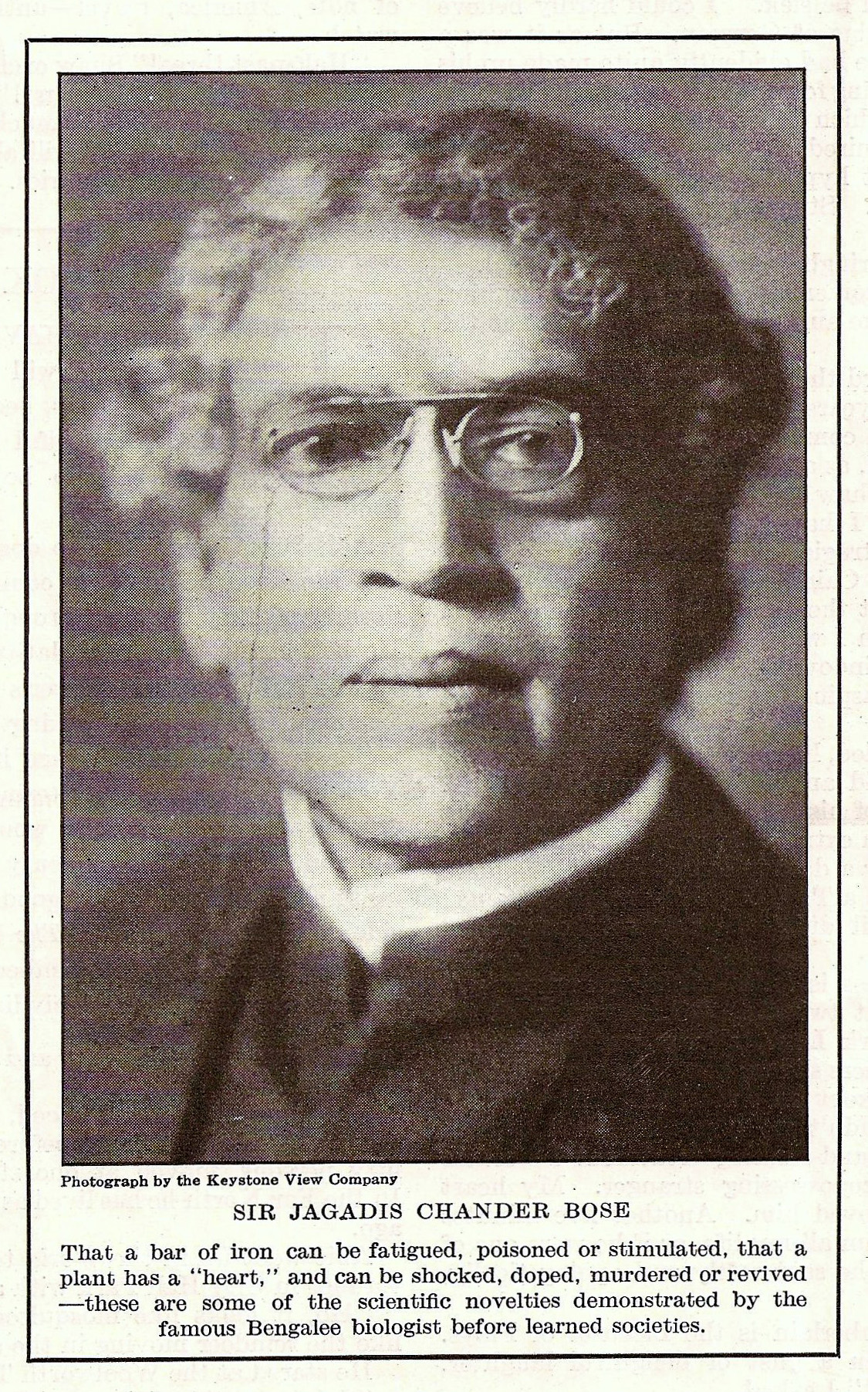
This is my mini-bio about one of our world’s most fascinating (and unsung) scientists. I wrote it a few years ago and it first appeared in Greenwoman Volume 1. Last week I posted Part I in celebration of Dr. Bose’s birthday!
I hope you will find this man’s work, showing how close and connected we are to plants, and, indeed, to all matter, as enlightening as I did.
—Sandra Knauf
* * *
Plant Sleep and “Death Spasms”
Dr. Bose showed that there is no physical response in the most highly organized animal tissue that does not also occur within the plant. His “Researches on Diurnal Sleep” showed that plants react with different intensity depending upon whether it is day or night, and that there is a periodic insensibility in both plants and animals that correspond to what we call sleep. Furthermore, plants’ responses matched animals’ in comparison to what time of day they become alert. By tracking reaction on an impulse through all hours of a day, Bose found that a plant “wakes up during morning slowly, becomes fully alert by noon, and becomes sleepy only after midnight, resembling man in a surprising manner.”
Dr. Bose also showed that plants undergo a “death spasm” at the time of death, that is the same as in animals’. He invented an instrument (Morograph) with which he recorded the critical point of death of a plant.
He also demonstrated that there is an essential unity regarding the effects of drugs on plant and animal tissues and that the effects were determined by the individual plant or animal’s “constitution” (size, strength, health, etc.).
In 1903 Dr. Bose presented research papers to the Royal Society on “Investigation on Mechanical Response in Plants,” “On Polar Effects of Currents on the Stimulation of Plants,” and five other related topics.
These new contributions were seen as important by the Royal Society and the papers were recommended to be published in the Society’s Philosophical Transactions. However, opposition was once again raised and publication ultimately withheld. The Royal Society stated that while Dr. Bose’s discoveries were important they were also so unexpected and so contrary to existing theories that they made the choice to reserve judgment on the research until at some future time the plants themselves could be made to record their answers to questions put to them. This stipulation was interpreted by some as the final rejection of Dr. Bose’s theories, and, worse, the support which he was relying on for his research was in danger of being withdrawn.
Undeterred, Bose directed his attention to a single goal—how to reveal the plants’ reactions by means of their own “autographs.”
In Dr. Bose’s book, Comparative Electro-physiology: A Physico-Physiological Study, he stated that plants, like animals, were single organic wholes, all parts interconnected, their activities coordinated by “conducting strands” which we call in animals, nerves. Positive and negative responses, pleasure and pain, could be determined in all organisms.
Again, Dr. Bose was treading new ground. His view on the function of nerves was seen as alarming—“causing the dividing frontiers between Physics, Physiology, and Psychology to disappear.” At this time, nerves were universally regarded as typically non-motile (or incapable of movement) and theirs responses believed to be characteristically different from those of muscle. Bose showed that nerves were indeed motile and similar to muscle in their responses; through experiment he showed that the isolated vegetal nerve was indistinguishable from that of animal nerve.
It took years for Dr. Bose to design the supersensitive instruments and apparatus which would make it possible to show plant response by means of their own “autographs.” His ingenious “Resonant and Oscillating Recorders” gave a simple and direct method of obtaining a record. “The plant by its self-made records, showed exultation with alcohol, depression with chloroform, rapid transmission of a shock with the application of heat, and an abolition of the propagated impulse with the application of a deadly poison like potassium cyanide. This variation in the transmitted impulse, under physiological variations, showed that it was not a physical one.”
Royal Society
Dr. Bose had achieved what had seemed impossible, creating a mechanism that would enable a plant to tell its own story through records made by its reactions. Through the convincing character of the demonstrations he gave with his Resonant Recorder and other delicate instruments, leading Scientific Societies became convinced and Dr. Bose soon secured a world-wide acceptance of his theories and results. The Royal Society could no longer withhold recognition and his paper, “On an Automatic Method, for the Investigation of the Velocity of Transmission of Excitation in Mimosa,” was published in the Philosophical Transactions of the Royal Society in 1913.
In 1911 Dr. Bose was awarded the insignia of the Companion of the Order of the Star of India by His Majesty the King Emperor, and The Calcutta University conferred the honorary Doctor of Science degree to him. In 1913 he published the book Researches on Irritability of Plants and by 1915 he had received hundreds of invitations to speak throughout the United States. “The very convincing character of the demonstrations that he gave, before the leading Scientific Societies of the world, with his newly invented Resonant Recorder and other delicate instruments, secured a world-wide acceptance of his theories and results.
On January 1, 1917, in recognition of his important scientific work, the English government conferred on him a Knighthood. This was the first time that this honor had been given to an Indian.
Later that year, on his 60th birthday on the 30th of November, Sir Jagadish realized a dream that he’d had for many years. He founded the Bose Institute in India. Here students could study the inhabitants of a garden—plants, vines, trees, and more—in their natural environment. Here, according to the Presidency College Magazine, “the student would watch the panorama of life,” and “isolated from all distractions, would learn to attune himself with nature and to see how community throughout the great ocean of life outweighs apparent the dissimilarity.” Opening this institution of learning, which he dedicated to the Nation, for the progress of Science and for the Glory of India, took his entire life savings.
The aims of the Institute were clear. An article in Modern Review stated that there would be no academic limitation to the widest possible diffusion of knowledge. The facilities of the Institute would be available to workers from all countries and there would be no desecration of knowledge by its utilization for personal gain; in other words, no patents would be taken of the discoveries made there. This “great Seat of Learning” would be maintained through those means and by presenting lectures that were not secondhand knowledge repeated, but lectures focused on new discoveries announced to the world for the first time.
A Wise Man’s View of “Failure”:
Sir Jagadish Chandra Bose saw failure as an “antecedent power which lies dormant for the long subsequent dynamic expression in what we call success.”
“And if my life,” he said, “in any way came to be fruitful, then that came through the realization of this lesson.” (From ‘History of a Failure that was Great,’ Modern Review.)
References:
Sir Jagadis Chunder Bose – His Life and Speeches. Filiquarian Publishing. Madras: The Cambridge Press, Print.
“The Man who Found a Plant’s Heart.” Literary Digest. 2 Oct. 1926 : 46,50. Print.
Note: Sir Bose’s name is spelled in various ways in different publications.
* * *
Sandra Knauf is the one-woman-show behind Greenwoman Publishing. Her books include the six-volume series Greenwoman, (a literary digest), her young adult fantasy novel, Zera and the Green Man, and an anthology of sexy gardening stories that she says is the feminist gardener answer to Fifty Shades of Grey—Fifty Shades of Green. She was a 2008-09 featured “Colorado Voices” columnist for The Denver Post and her humorous essays have appeared nationally in GreenPrints and MaryJanesFarm. Sandra lives in Colorado Springs, Colorado with her family, dogs, huge urban garden, and lots of books.




